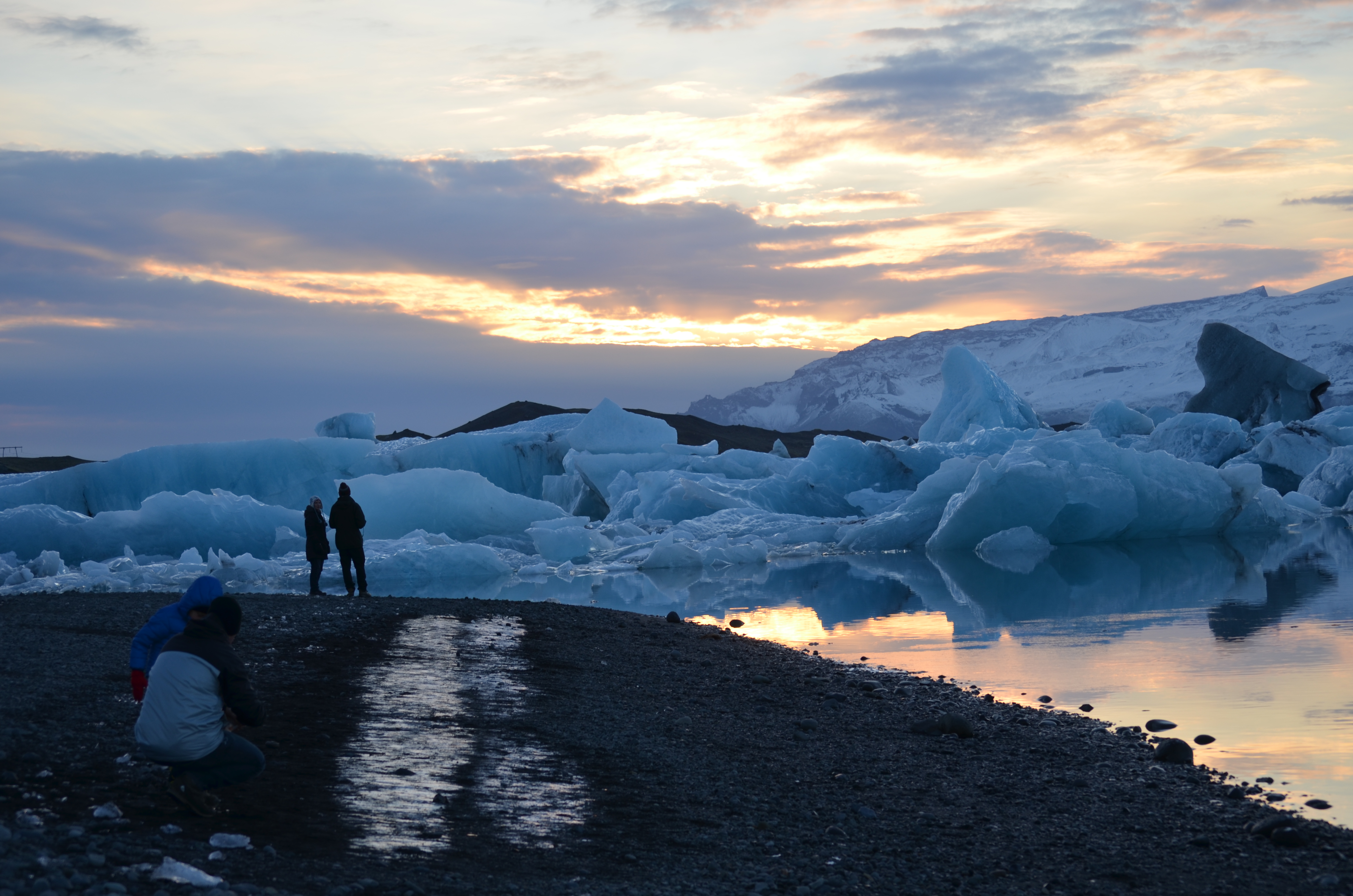Geology3
-

Photo Essay: The Mystery of North American Diamonds
People have been finding loose diamonds across the United States and Canada since the early 1800s, but for the most part, no one knows where they came from. It was not until the 1990s that geologists tracked down the first commercial deposits, on the remote tundra of Canada’s Northwest Territories. Yaakov Weiss, a geochemist at…
-

Cracking Open Diamonds for Messages From the Deep Earth
“After a diamond captures something, from that moment until millions of years later in my lab, that material stays the same. We can look at diamonds as time capsules, as messengers from a place we have no other way of seeing.”
-

The Downs and Ups of Mountain Building
In the islands off Papua New Guinea, the rocks are giving rise to new ideas about the ways mountain chains form. A new scientific model shows how two seemingly opposite processes can take place in the same region.
-

In a Melting Iceland, Drilling Deep to Stem Climate Change
Iceland is pioneering a new technology to deal with climate change. Its Hellisheidi geothermal power plant, the world’s largest, hosts arguably the world’s most advanced program to capture and lock away globe-warming carbon dioxide.
-

Photo Essay: Iceland at the Cutting Edge of Climate Change
Iceland has a complicated relationship with climate change. As in much of the far north, global warming is already exerting many effects here–arguably both good and bad. Yet the country contributes relatively little to the warming, since most of its energy comes from geothermal and hydro plants, which produce little carbon dioxide. Now, it is…
-

Alma Mater’s Other Secret: a Way Forward on Climate
Sitting on the iconic front steps of Low Library, Alma Mater rests on a plinth that offers a clue to a possible method of carbon sequestration, a vital technology for addressing our problem of too much CO2.
-

Watch Your Step: the Alpha Predator of the Ordovician
Frozen into the stone floor of a stairway landing, several flights up in Columbia’s Lewisohn Hall, sits a stark reminder of how life has evolved in the sea. Part 6 of the Columbia Geology Tour.
-

Orogenous Zones: How Rock Flows
The architects of Columbia’s modern Northwest Tower, at the corner of Broadway and 120th Street, made good use of some beautiful stones. In their polished and swirling surfaces, they tell a story of the clash of continents and the processes by which mountains are made.

AGU25, the premier Earth and space science conference, takes place December 15-19, 2025 in New Orleans, Louisiana. This year’s theme—Where Science Connects Us—puts in focus how science depends on connection, from the lab to the field to the ballot box. Once again, Lamont-Doherty Earth Observatory and Columbia Climate School scientists, experts, students, and educators are playing an active role, sharing our research and helping shape the future of our planet. #AGU25 Learn More

